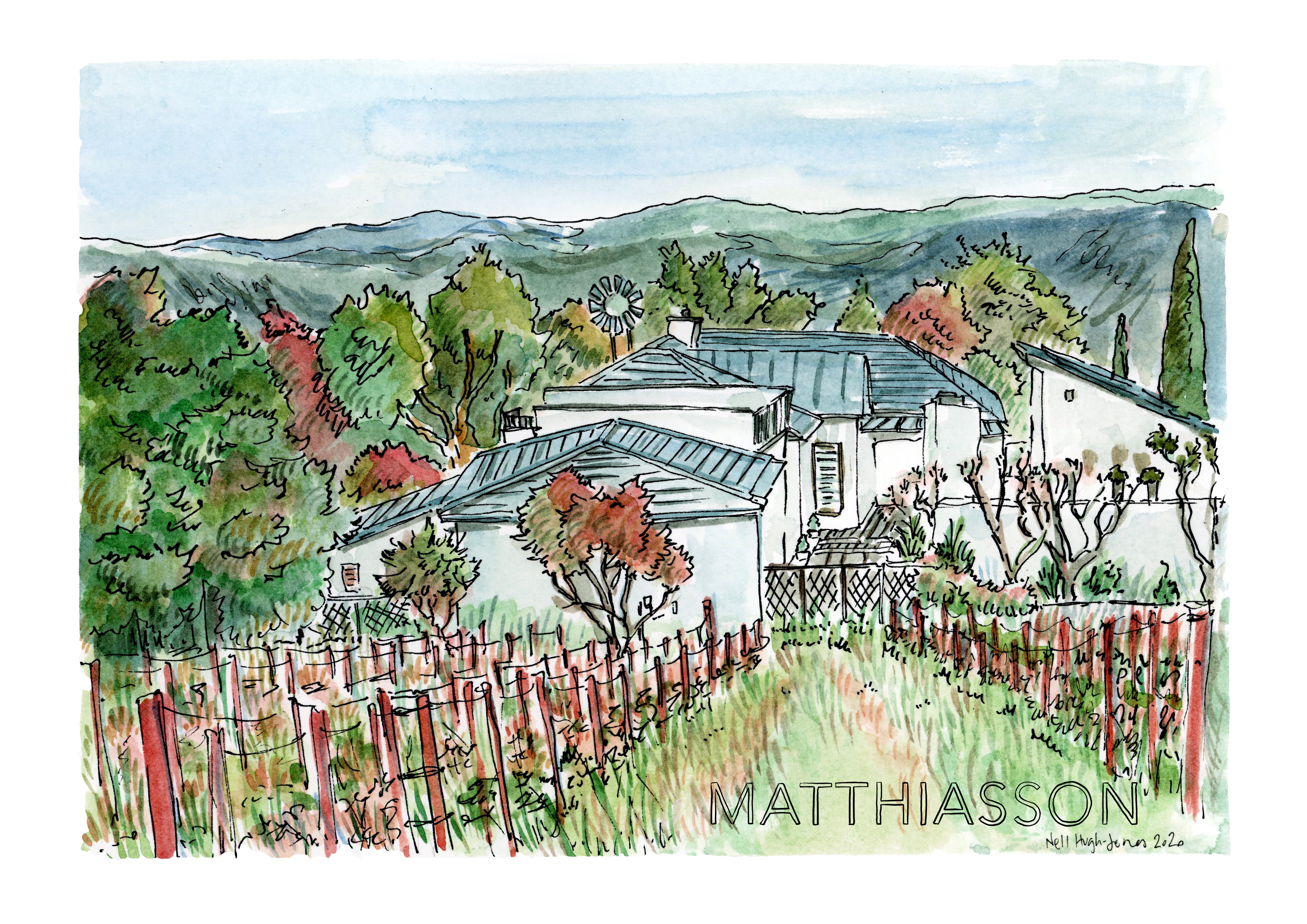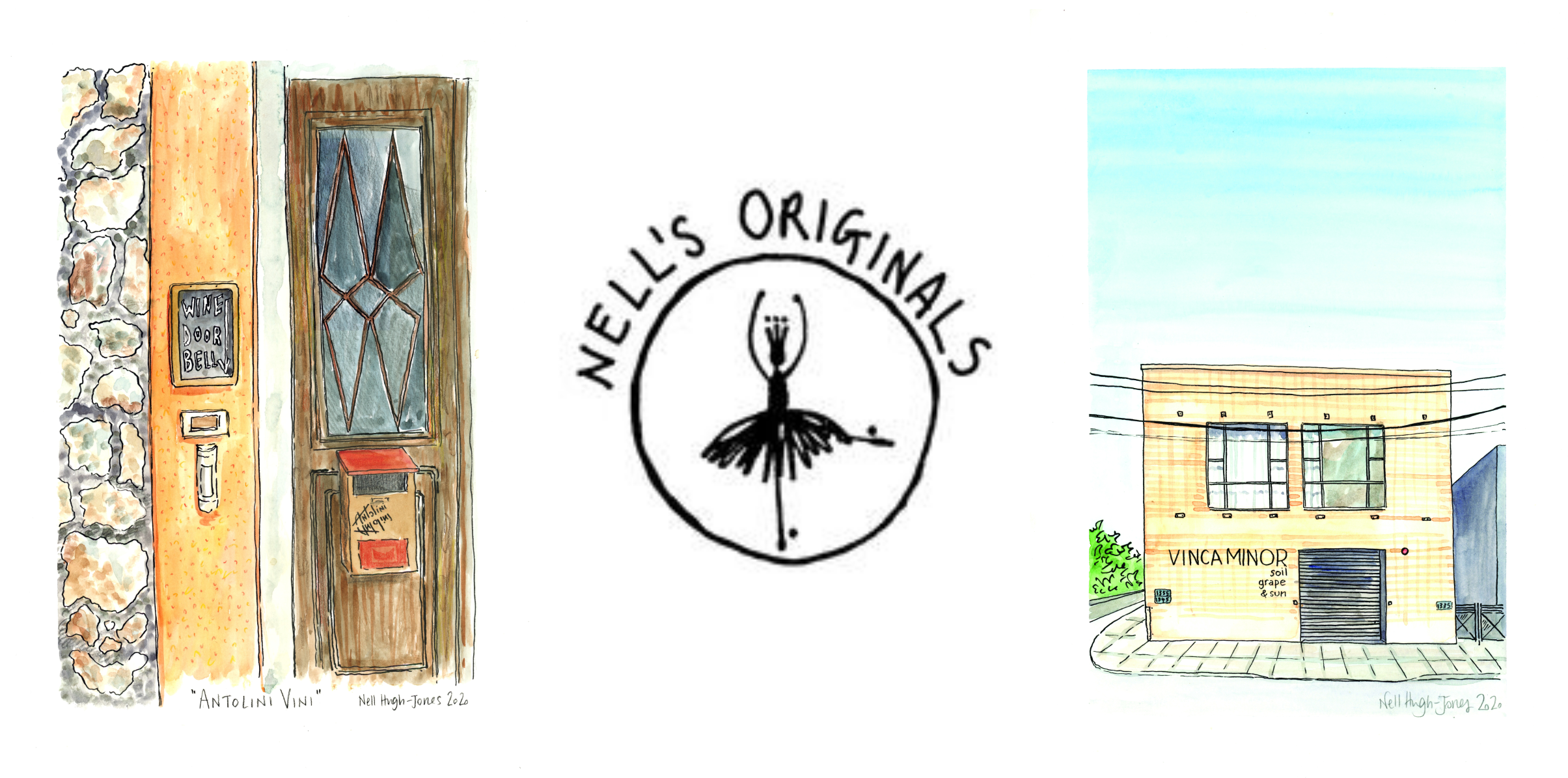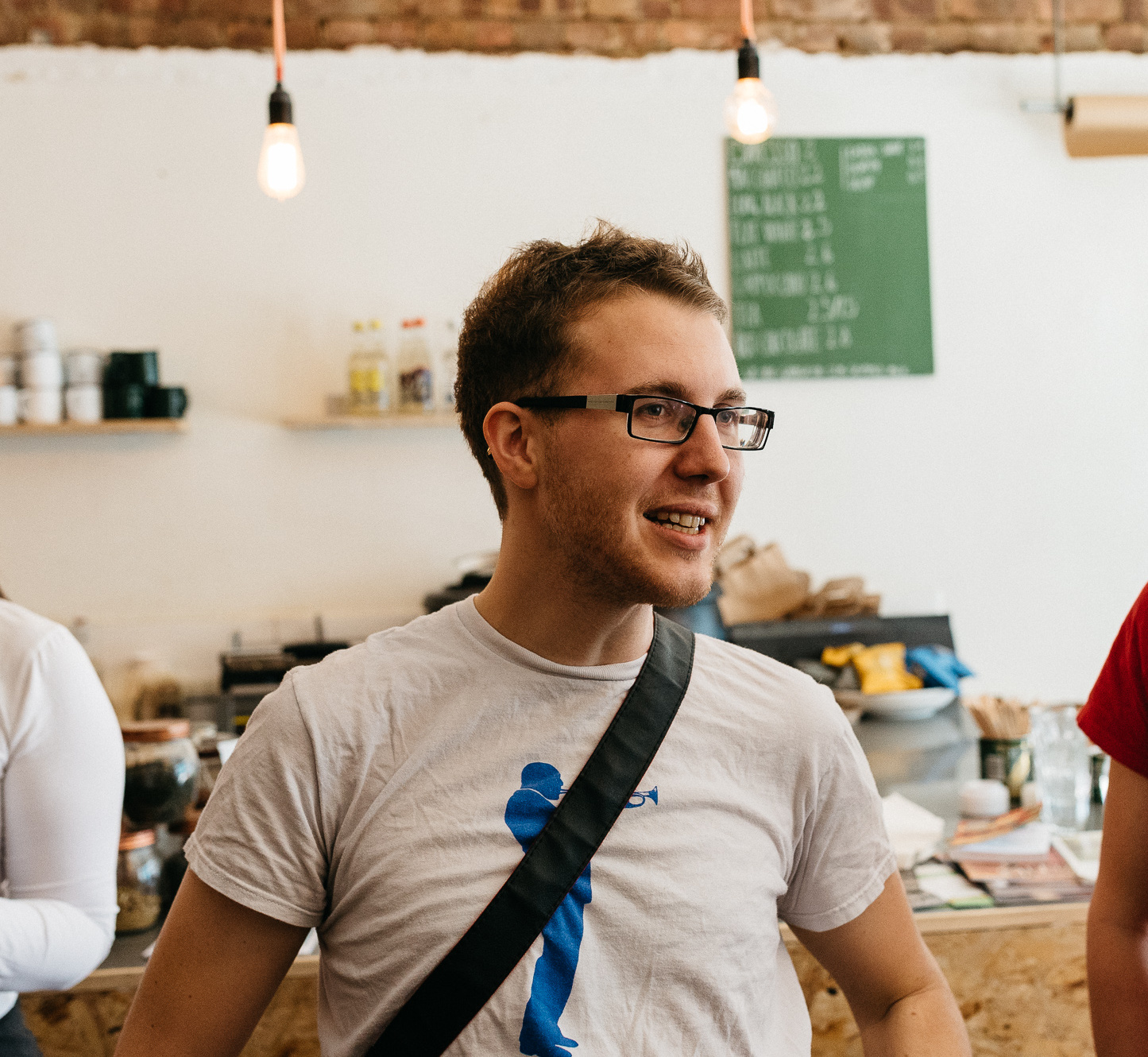The first time I passed through Sonoma & Napa in 2015, wine was not my top tipple of choice, and I only gave myself less than 24 hours to explore. With a game group of friends, I squeezed in trips to three big wineries, soaked up the atmosphere (and a lot of Chardonnay), and went on my merry way, pleased to have dipped my toes in the vinous waters.
The hospitality was slick but impersonal, as you might expect from such large enterprises, with huge tasting rooms designed to churn through large groups of tourists. So, when I returned last year, armed with a bit more knowledge of the industry and its environmental impact, plus some killer recommendations from friends back in London, I was keen to seek out smaller, family-run operations making beautiful wine in line with my newly improved values. Nobody fitted the bill better than Matthiasson Wines.
Matthiasson’s Phoenix Vineyard // Watercolour by Nell’s Originals
————————————
Surrounded by enormous wineries competing to make heavy, rich wines, Steve and Jill Klein Matthiasson practise restraint on their secluded farmstead. They craft wines that are balanced and refreshing, complex but not heavy. The Cali-classics Cabernet Sauvignon and Chardonnay make appearances, but they also showcase unfamiliar Italian varietals like Refosco, Ribolla Gialla, and Schiopettino.
First and foremost, Steve and Jill are organic farmers, inspired by their backgrounds in botany and horticulture and a shared desire to work sustainably. They do this in style, managing to enjoy their own produce at the dinner table as a family, whilst garnering high praise from all corners of the wine world for their bottles. As Eric Asimov says in his book ‘How To Love Wine’, “In a Napa world of lockstep assumptions, the Matthiassons are free thinking, passionate individualists. They go their own way in how they live their lives, and in how they make their wines.”
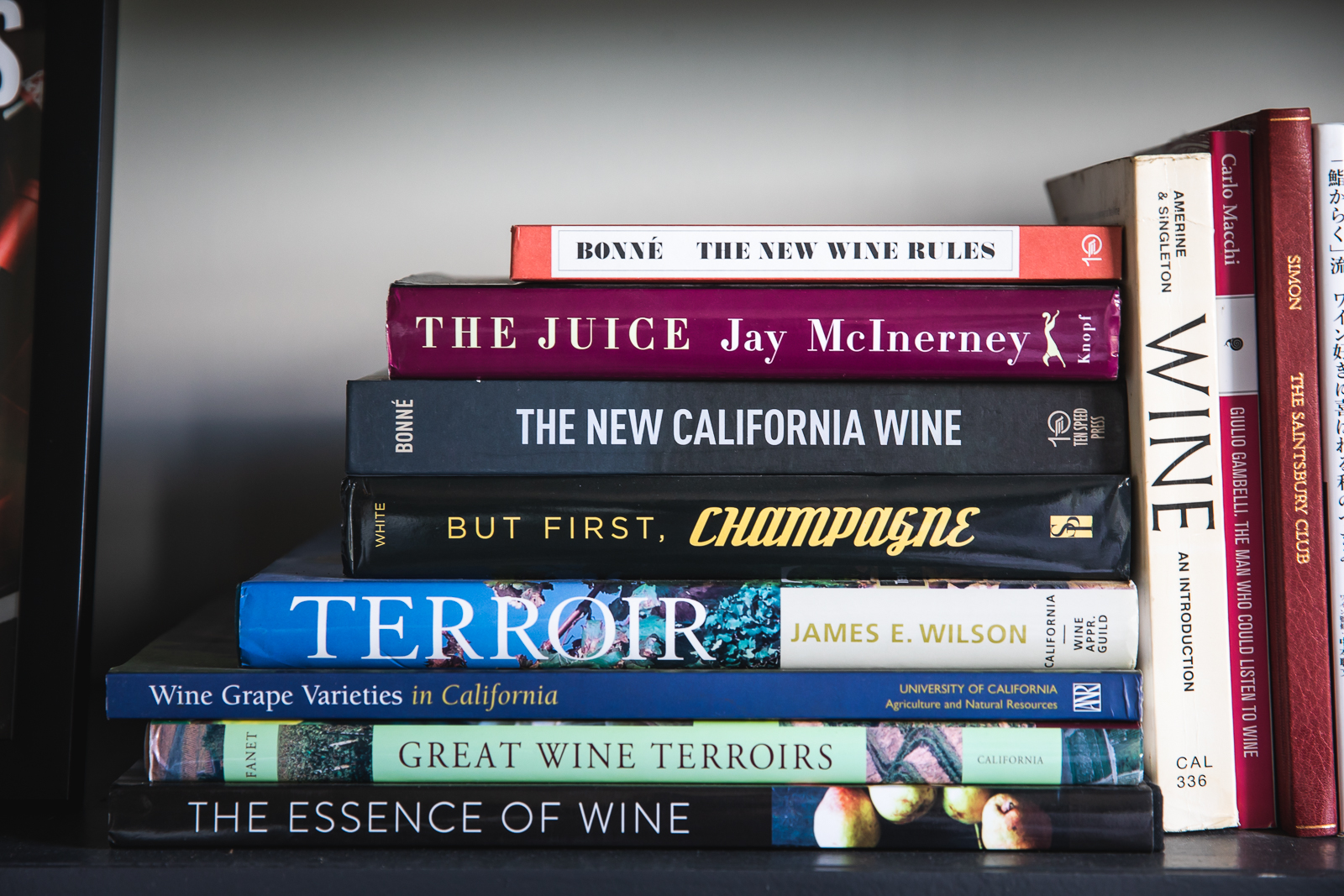
————————————-
Once we found it, we had the loveliest time at the winery. What started as a low-key tasting with production manager Sofia Rovirosa soon took a turn as Steve bowled in (sporting a splendid hat) and took us on a stomp around the farm. The wine flowed from conical flasks as he spoke excitedly about their work, and we enjoyed the last drops on the back porch, looking out over their organic Phoenix Vineyard (one of many – read about them here). To cap it all off, Sofia took us under her wing and showed us around town, paying it forward if the fates ever allow her to travel to London. Jill was away sadly, but we met subsequently at Michael Sager’s Fare restaurant in London to complete the Matthiasson Winery team.
We spoke of returning to Napa for harvest, perhaps this year, but Covid-19 had other ideas and so here we are, 5,000 miles apart, catching up with a Q&A. Sit back, grab a glass of something, and enjoy this short read!
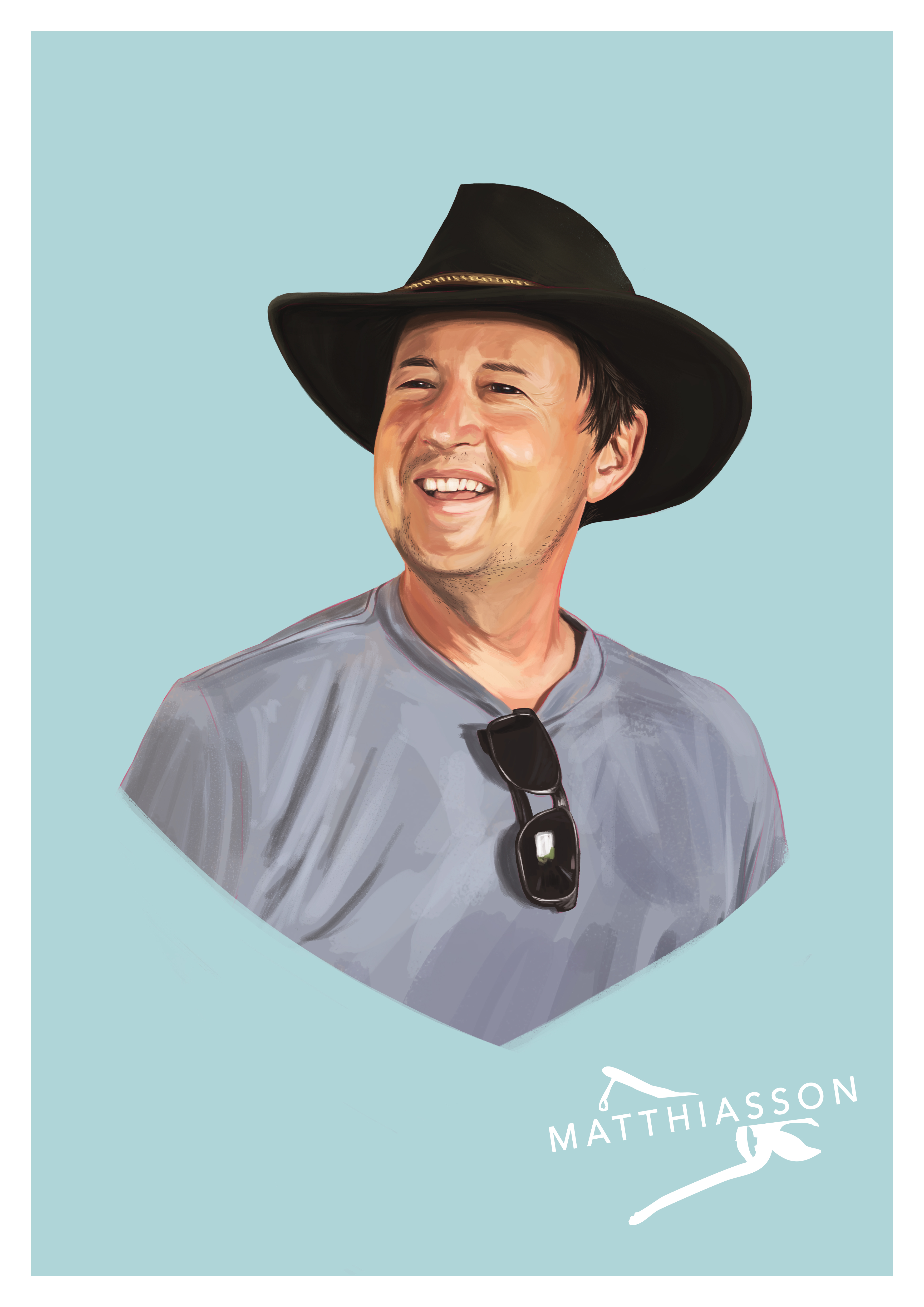
Steve Matthiasson // Digital portrait by Damon Chenh
————————
Hello again Steve! How is everyone? Our visit to your winery last year seems a lifetime ago now!
So many things have changed since your visit! Last year we were selling wine to restaurants all over the US and the world, and preparing to upgrade the winery and dig a cave. Our fresh and pure style of wine was finally finding its place in the market with the new breed of chef/farmer-driven restaurants. Now we are focusing on keeping our employees healthy, finding new ways to market wine online, and trying to be efficient and save our resources to last through the world-wide shutdown.
It’s such a tough time – how are you coping in the current situation? Is there a way that we can we support you?
We have good momentum from the past few years, and lots of loyalty in the wine world—more than we even knew—so we are coping well, all things considered. The best way to support us would be to pressure your local elected officials to help independent restaurants survive and reopen, and of course buying a bottle of Matthiasson wine can’t hurt.
[Matt: Matthiasson Wines are currently imported to the UK by Nekter who also bring in the likes of Donkey & Goat and Ashes & Diamonds – check out their Matthiasson range here]
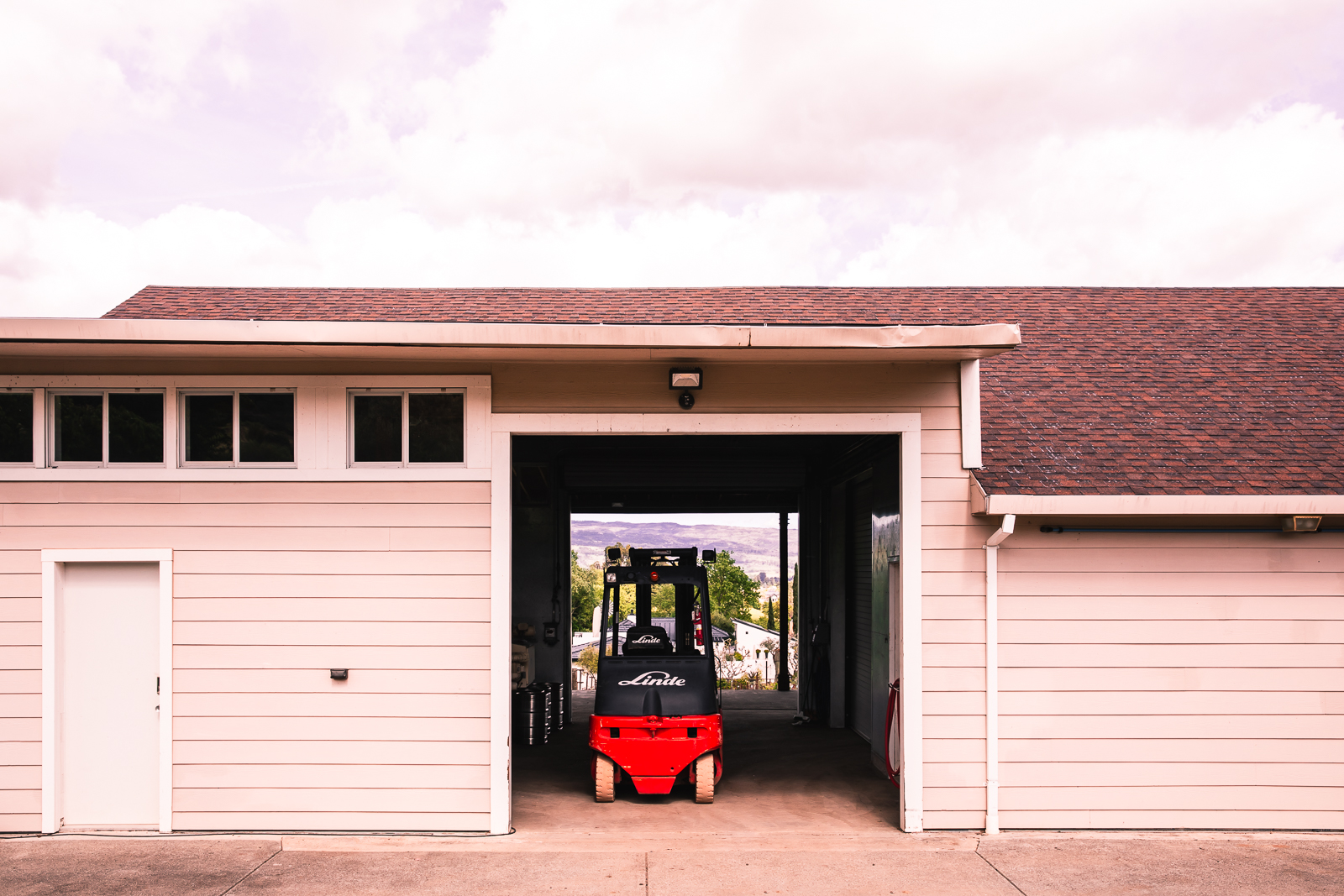
Both sound bits of advice! For those that have never tasted a Matthiasson wine before, what could they expect from your range?
All of our wines are pure and focused, with bright aromatics and lots of natural complexity from the fruit. Our mantra is “weight without heaviness,” and we believe that the first job for wine is to be refreshing. Moderate alcohol is very important to us, and balance, and our wines react well with one’s body, giving energy that night and feeling better in the morning.
That definitely lines up with my tastes at the moment, as much as I love a glass of amarone every now and then! Do you feel the deep-set desire for heavy, over-ripe Californian wine is starting to change?
The heavy, over-ripe wines are not just a California phenomenon, it’s France, Italy, Australia, Argentina, really anywhere, and I don’t see it changing fast but I do think it’s changing. The new type of cuisine, which is moving away from heavy flavors, is driving that change, along with more openness to flavors that are not sweet.
"Our mantra is “weight without heaviness,” and we believe that the first job for wine is to be refreshing." Steve Matthiasson
You tend to pick the fruit a little earlier for more acidity and brightness, if I understand it correctly?
We actually pick at the normal time—alcohols end up in the 12s and 13s which is very traditional—it’s just that the industry at large starting picking very late during the past 20 years or so. So most people pick four to six weeks after us. We like picking when we do for acidity and brightness, but most importantly to capture the red fruits and savoury accents that we think go much better with food than the riper black fruits that are more modern in style.
It has been said that you tread a different path to the average winemaker in Napa. What is it about your approach that is perhaps different to many around you?
Rather than exploring the limits of power or intensity, we explore the possibilities of delicacy and restraint. Which is not to say less flavour, just less dark matter filling in between the flavors, similar to working with negative space in art or design to find balance and context.
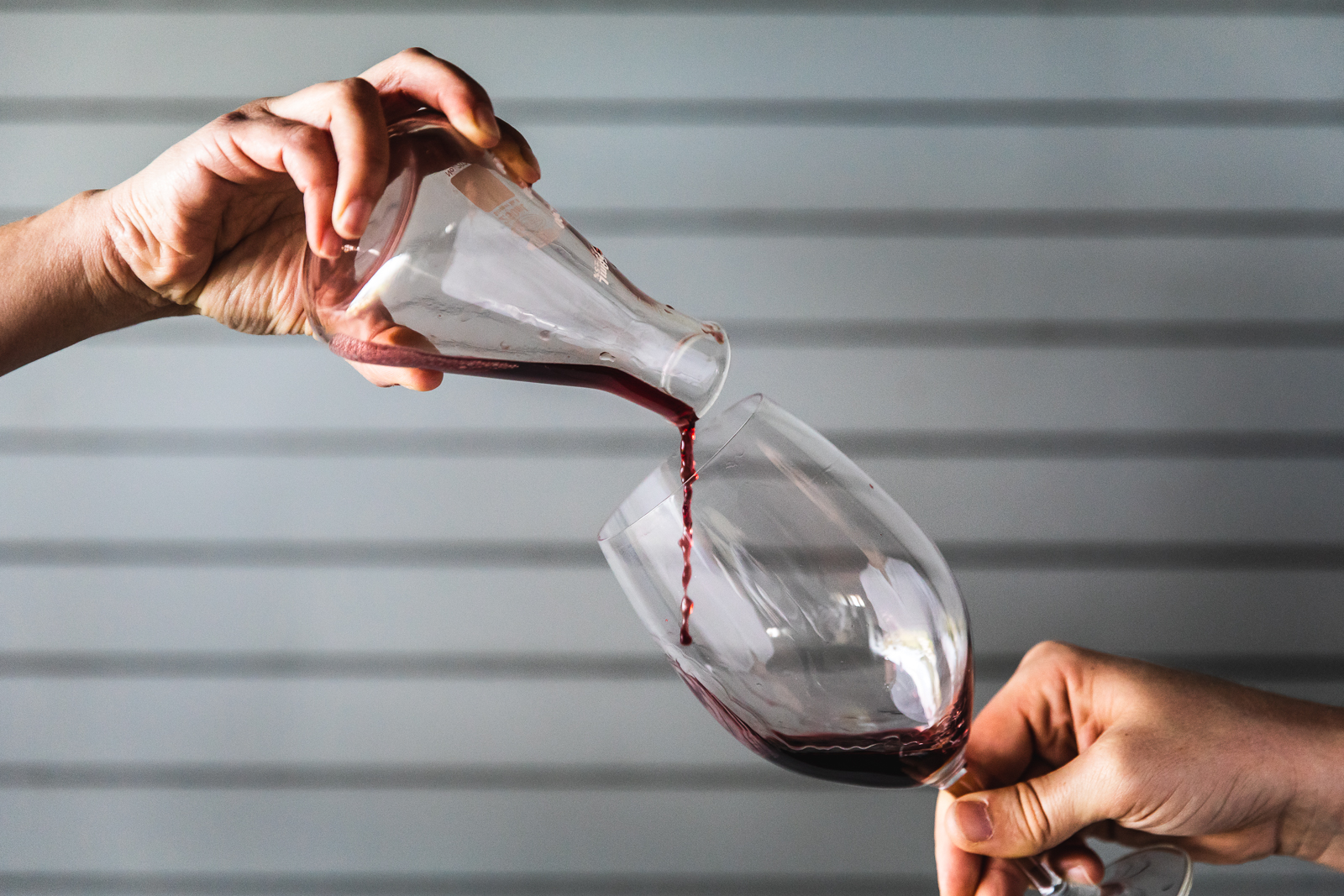
That is a lovely way of putting it! I’ll definitely be referring to dark matter and negative space next time I’m at a wine tasting! So when did your obsession with sustainable farming first take root?
As a kid I was really into the outdoors, hiking and camping, loved visiting my cousin’s farm, and got the gardening bug quite young. This was when I was in grade school, in the 1970s, when I was ten years old or so. Greenpeace came to our school (it was a hippy school) and they blew my mind on how much damage was being done to our planet, and I made the connection between farming and the environment, and realised that we needed to rethink everything.
Do you think that a reliance on local produce during the lockdown will get more people thinking about and engaging with organic farming and environmental issues? It feels like a critical moment!
I may be an optimist, but I really do think that will be the case. It’s about getting back to basics.
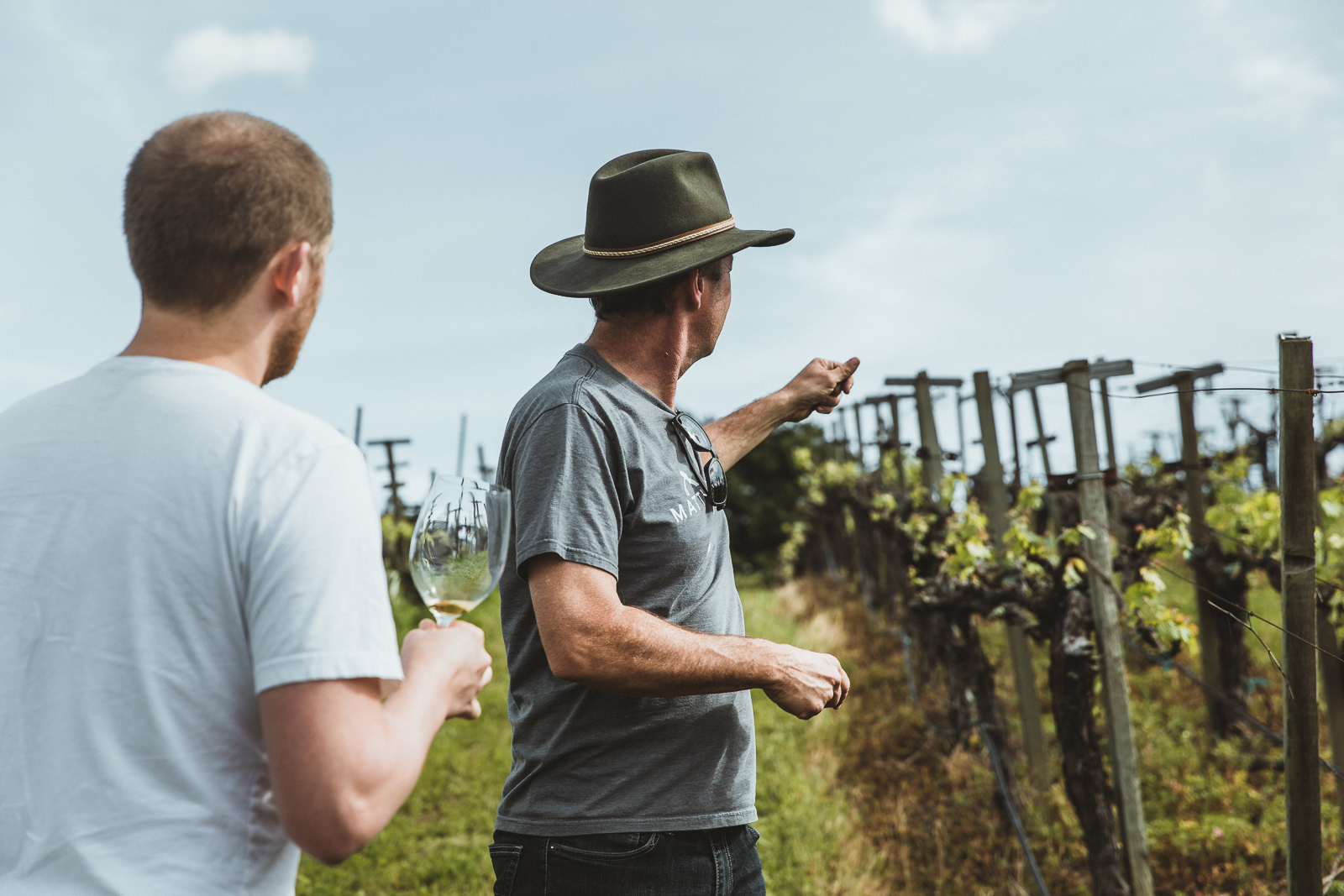
You studied horticulture and worked in organic farming before getting into winemaking – this seems like a sensible route in to the industry!
Organic farming and the farm to table movement is everything to our winemaking philosophy. Wine is food, and we don’t overcook the carrots or tomatoes that we pick from our garden any more than we over-ripen or otherwise overdo our grapes when we make wine.
So what else do you grow on the farm, and where does it go?
There is a waiting list for Jill’s jam, we only sell it to wine club members. Other than fruit for jam, and for local restaurants and sometimes the farmer’s market, we grow food for ourselves.
I’ll have to stick around for a Matthiasson family dinner next time! Do you have any interest in making organic cider too?
We make organic cider for home consumption, we don’t have enough apple trees to sell it.
OK, I’m definitely sticking around, haha. You also make a rather interesting vermouth – could you tell us a little about that project?
We make a farmhouse vermouth, meaning that each batch is a bit different, and we use mostly our own ingredients. Lots of fresh sour cherries and blood orange zest, and fresh cardoons (a thistle-like cousin of the artichoke), along with a wine base that is very flavorful on it’s own.
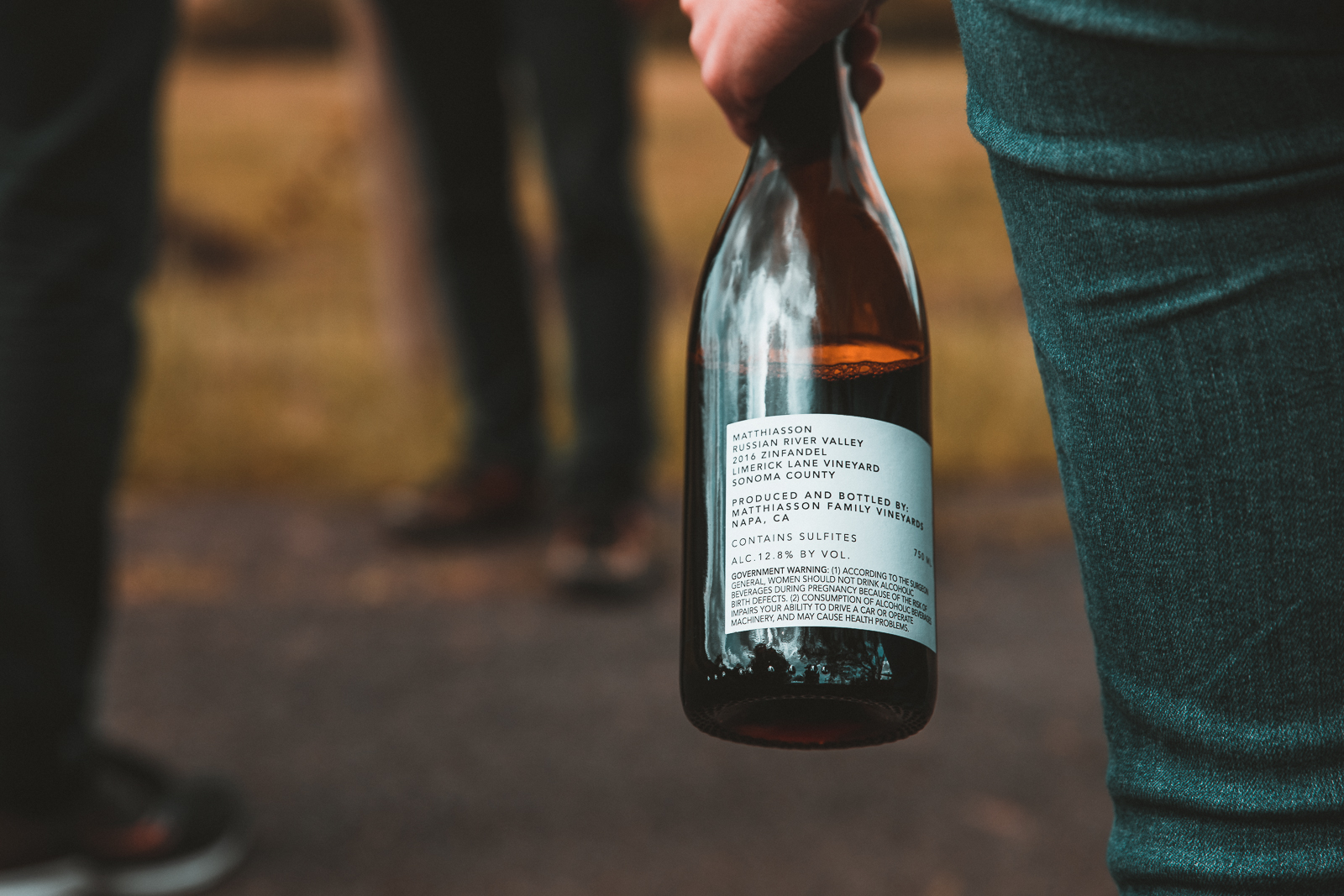
Sounds rather special! Now, you work with some grapes that the average Californian might be unfamiliar with. Do you have favourites?
They are all our favourites. I hate the idea of “noble varieties” – even a young variety like Cabernet Sauvignon is an old heirloom. I guess I do like the rare ones best though, like Schioppetino or Pinot Meunier.
Schioppetino, Ribolla Gialla and Refosco are all native to Friuli-Venezia Giulia in the North West of Italy, a part I’ve yet to explore! What draws you to grapes from this region?
That was the first region we really dug into outside of the more mainstream regions, mainly because it is so interesting culturally, they are really punk rock about their wine. We are interested in most of the wine world, but we do have a special love for Friuli. It’s a love of horticulture that inspires us to grow them. If you love to grow tomatoes you grow many different varieties and enjoy the diversity, it’s the same with grapes.
Could you tell us about your skin-fermented Ribolla Gialla process?
We harvest every bunch of grapes, even those with botrytis or powdery mildew (oidium), and ferment whole cluster, no SO2, press at dryness, and age in our oldest barrels without SO2 until the tannins have softened and the wine flavors have moved past the primary apple characters into interesting savory notes, at which point we bottle — it could be in 12 month, could be 24 months, depends on how it develops. SO2 ruins the wine though, it stops the development which is so critical for an orange wine.
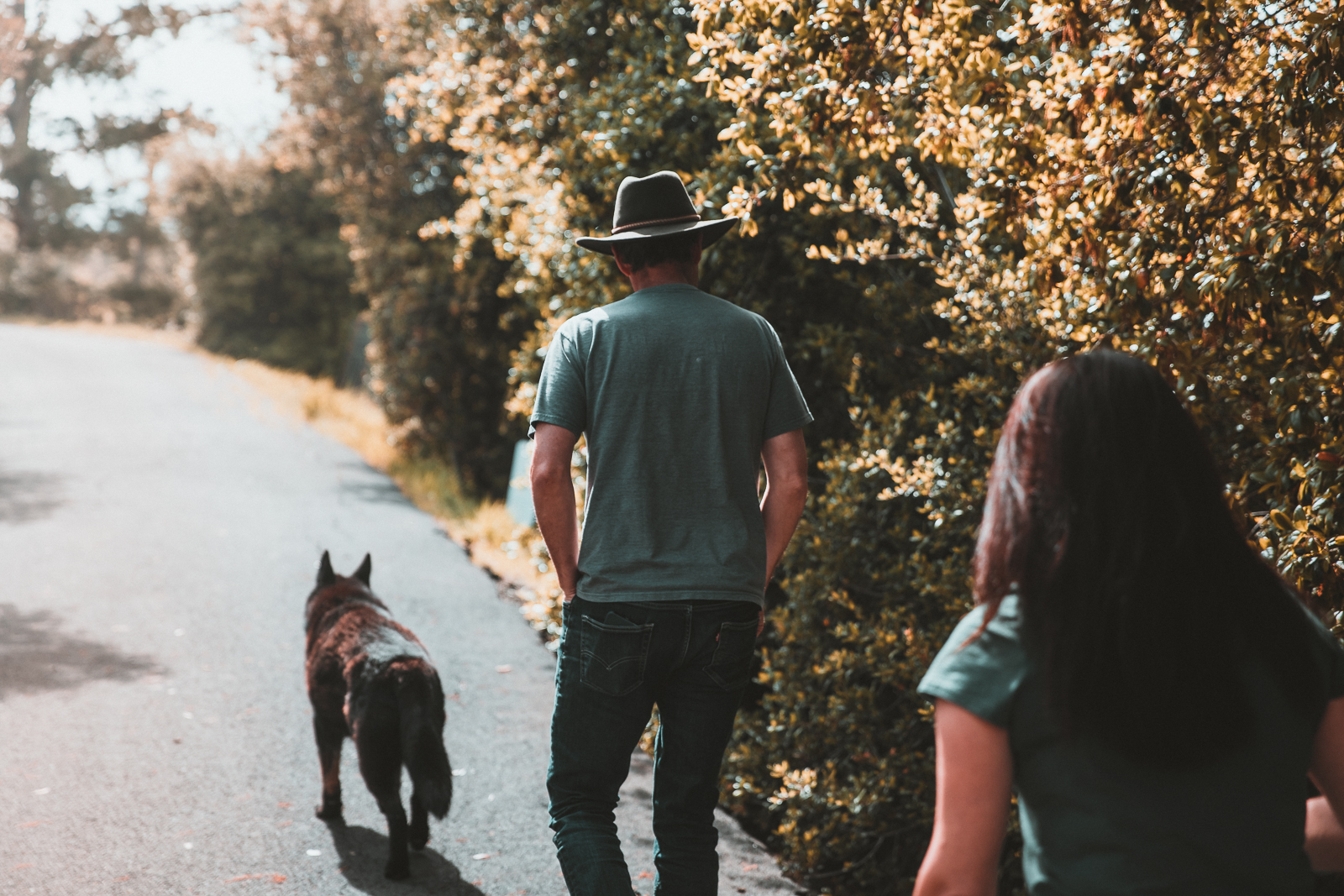
Mildew and botrytis are common issues in English winemaking due to the inclement weather here – do you think more winemakers could embrace this skin-fermented orange wine approach and avoid using SO2? I guess there are a lot of factors to take into account!
I had not thought of that, but yes, seems like a very good idea, boytryis and mildew are much less of a problem in orange wine, the skin/stem intensity eats those disease characters up, they become complexity in a good way.
How does your Refosco process differ to that of Ribolla Gialla?
Our Refosco is destemmed and fermented more “normally,” the tannins are already soft so it is more about preserving freshness and typicity, which means that we use a small amount of SO2 and keep the wine topped up and in a cooler location in the cellar.
"If the wine is made by hand, not by corporate focus groups, with a vision in mind, and respect for the earth, for other people, for the craft, and for the table, then I’m in 100%." Steve Matthiasson
You use vineyards aplenty – are these quite small lots that you’ve bought up over time?
We own two vineyards, one at our house and one at the winery, the rest are all rented—we have long-term leases and farm them ourselves, so they are considered estate vineyards. There are nine of these, for a total of 12 vineyards that we farm. All CCOF certified organic.
And then you also work as a consultant for other vineyards, is that right? You must be working non-stop to keep up that and Matthiasson Family Vineyards!
I love consulting on farming with other vineyards, I learn a lot and keep a fresh perspective. It’s also gratifying to help other farmers succeed with organic farming.
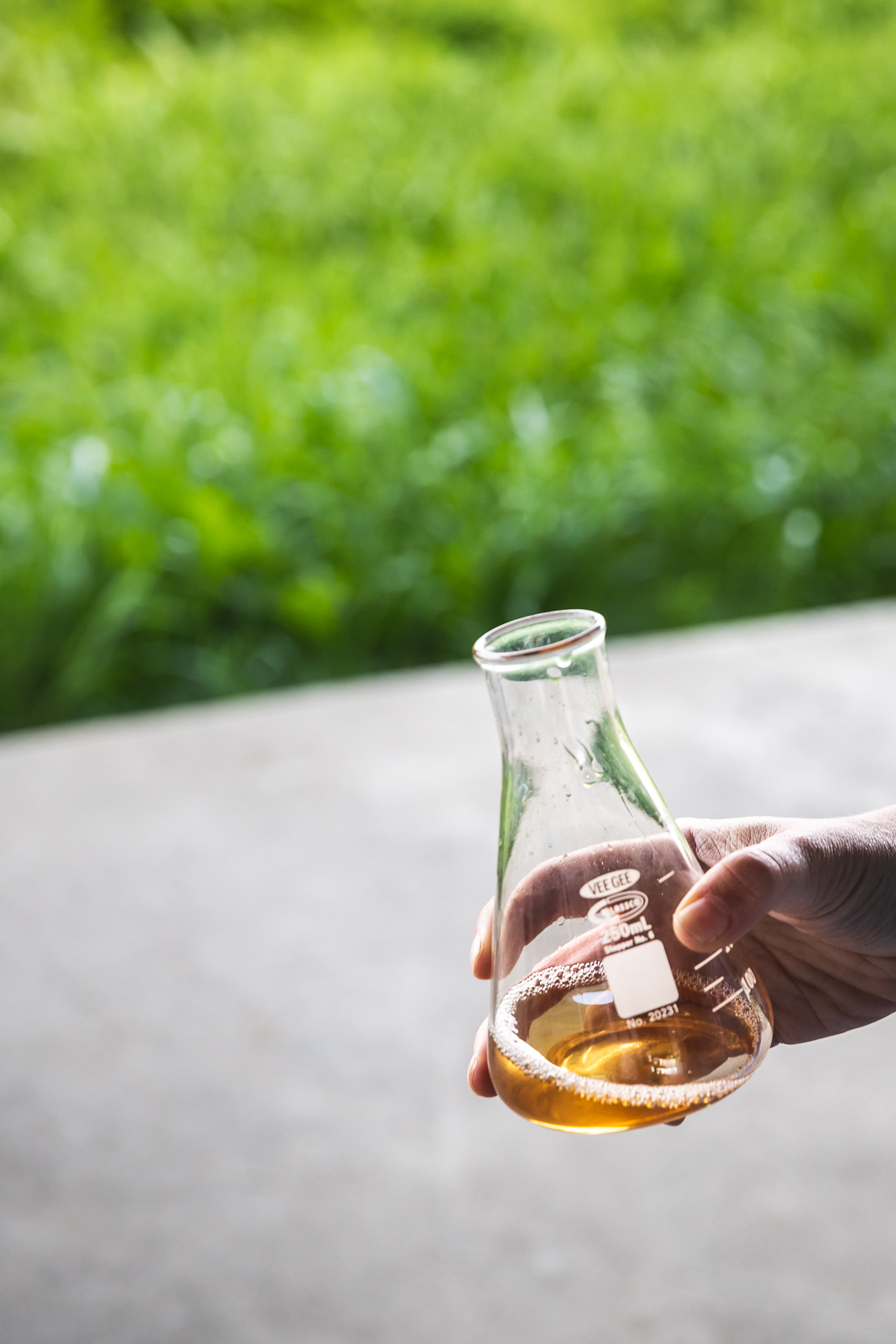
You must get up very early in the morning! Looking after one winery is hard enough, especially when you have to contend with extreme weather that you can’t control. Have you had some hard times along the way that you’ve picked yourselves up from?
Oh yes! Our worst year was the 2014 earthquake, a very California disaster. We lost 20% of our wine and our house was condemned (we were able to build a new foundation and save it). The vines loved it though, it loosened up the soil around their roots.
The circle of life, or something like that, I guess. I’m glad you recovered and were able to rebuild! Is there a Matthiasson wine that you are most proud of to date?
The 2014 vintage, in fact! We made that wine while rebuilding our house, yet it turned out to be a great year.
Is there any of it knocking around anywhere? Or is that another reason for me to stay for dinner next time?
Nekter Wines in UK may have some, we release late so there should still be some bottles somewhere!
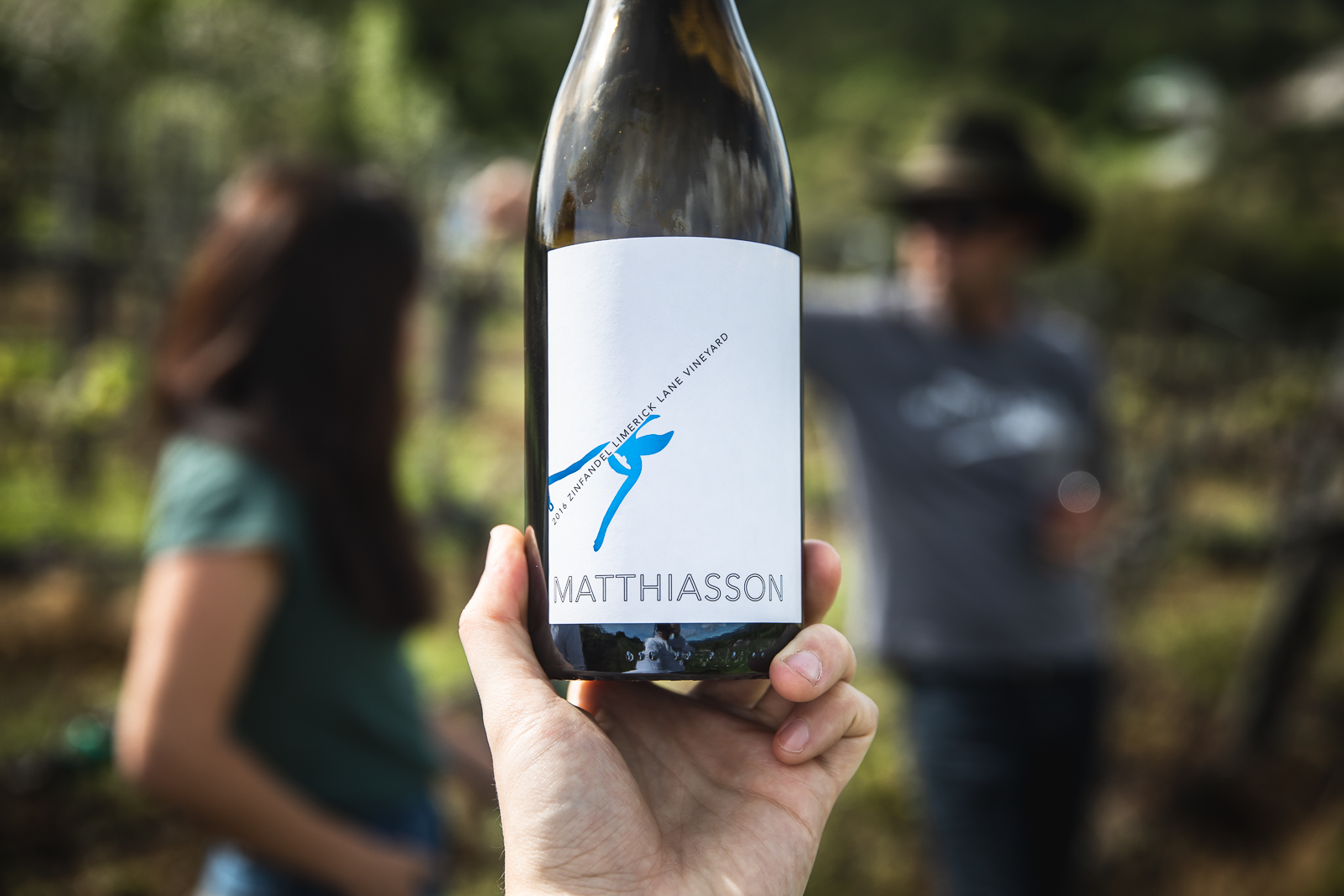
One of our favourites on the day was the 2016 Zinfandel (Limerick Lane Vineyard). What do you think makes this such a crowd pleaser?
Bright red fruits, like fresh picked and smashed wild berries, brings people back to sweet summers with red-stained fingers.
I’ve got one bottle of it left at home – time to open it I reckon! Who else excites you in the winemaking world?
Anyone who is making wine for themselves and their friends. If the wine is made by hand, not by corporate focus groups, with a vision in mind, and respect for the earth, for other people, for the craft, and for the table, then I’m in 100%.
Once we can travel again, what wine region would you like to explore or revisit?
Back to the roots, Greece, Lebanon, Israel, Armenia, Moldova, Georgia, etc.
Well if you need a photographer and designated driver for a European road trip, I know a couple of people who could help you out. Before we wrap this up, do you have any advice for young wannabe winemakers out there?
Don’t listen to the naysayers or rule-makers, follow your own muse.
Thanks so much for your time Steve! Say hello to Jill, Sofia & co. over there – I hope we can see each other in person again soon!
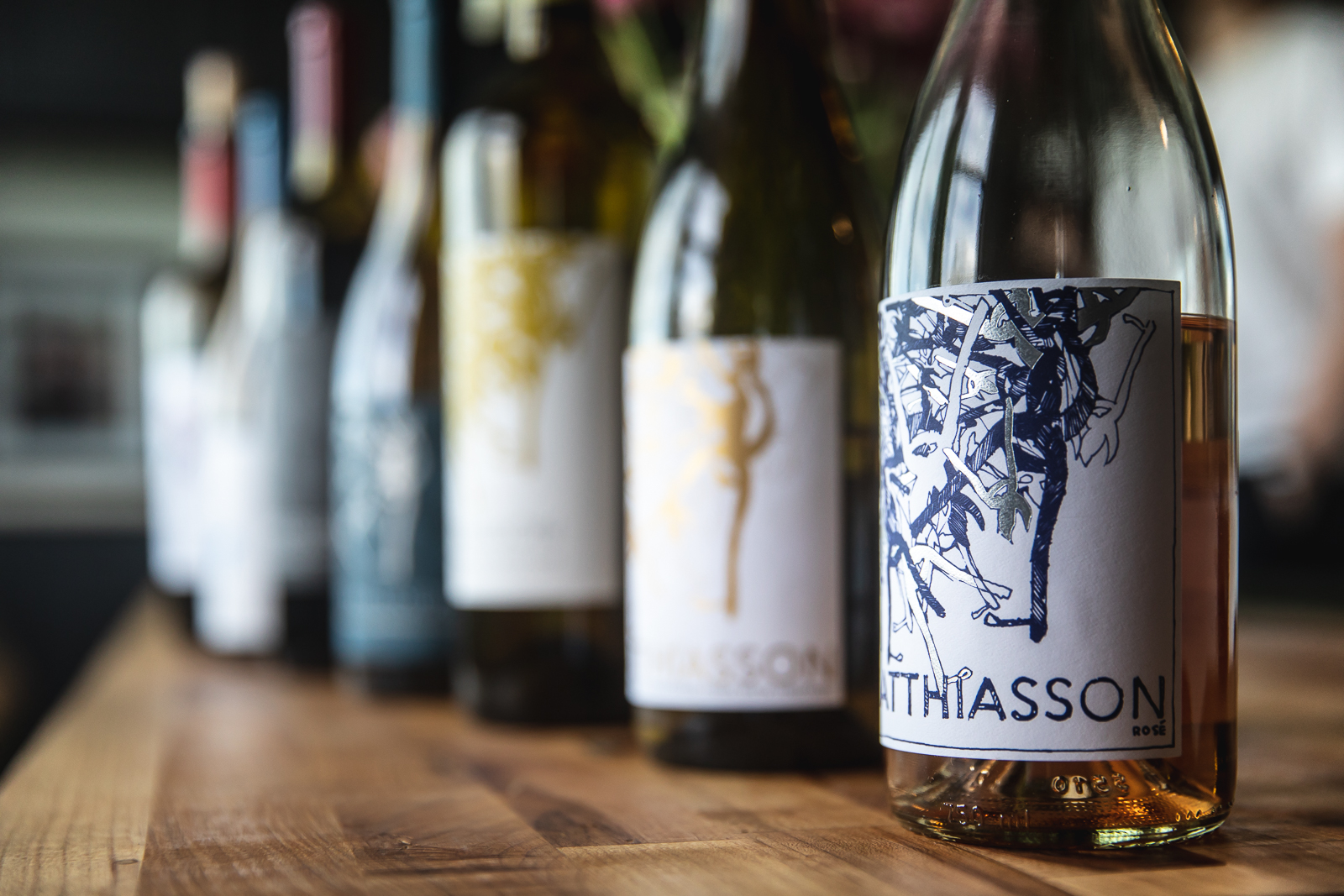
For more info on Matthiasson Wines, head to the website: www.matthiasson.com
Many thanks to Steve, Jill and Sofia for their hospitality!
—
This is the fifth in a new series of interviews across the drinks industry – keep track of them in The People section, or sign up to the Matt The Latest newsletter at the bottom of this page.
Thanks once again to Nell Hugh-Jones at Nell’s Originals and Damon Chenh at Chenh Art for creating bespoke artworks for this article. You can find these works and others in the series on sale alongside my prints on Matt The Prints:
MTL x Nell’s Originals // MTL x Chenh Art
Check them out and support independent artists by purchasing the prints!
————————
Scroll down for more photos from our visit to Matthiasson Wines
